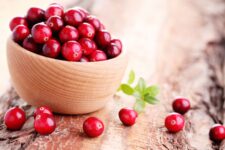If you’re growing tired of the seemingly never-ending rotation of potatoes, carrots, celery, and onions in your meals, it might be time to shake up your vegetable selections. While some crowd-pleasing favorites are natural choices at the grocery store or farmers market, there are other veggies out there that you’re likely overlooking — and you likely have no idea what you’re missing.
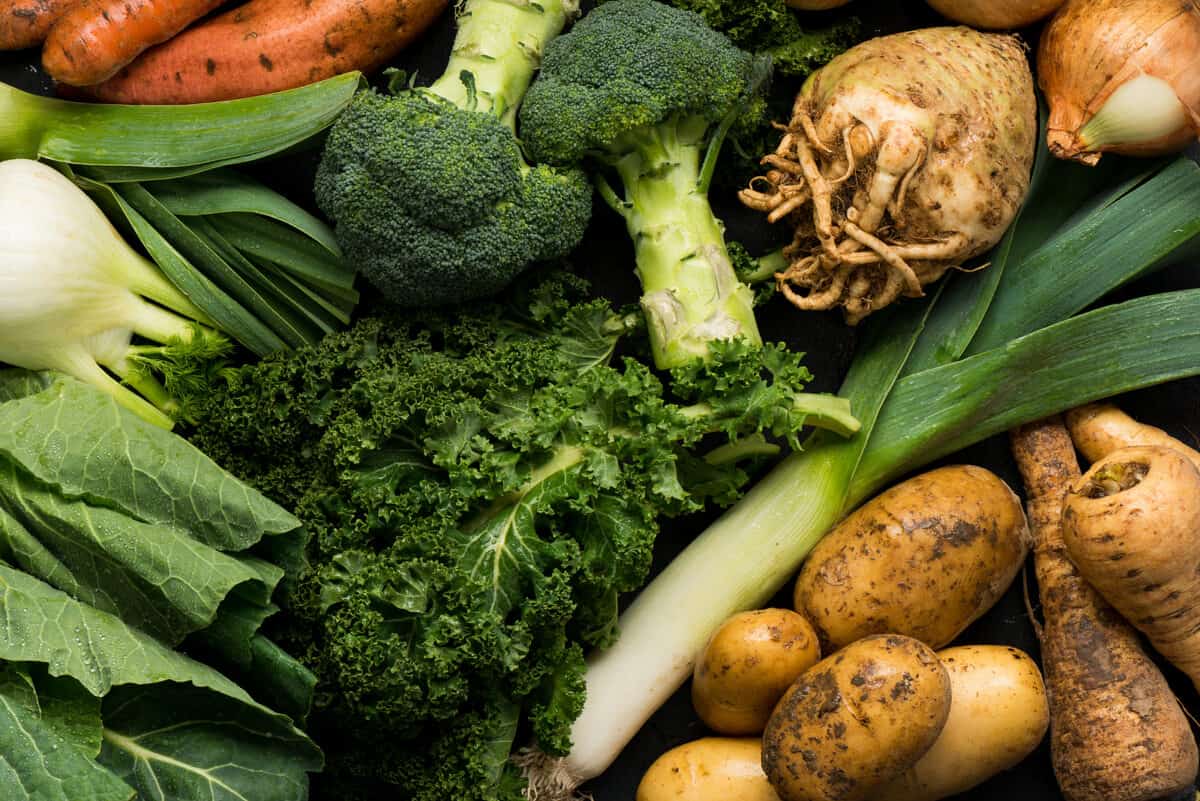
So, don’t just eat more vegetables in the year ahead. Make it a point to incorporate new and different vegetables into your diet, too. Both your body and your palate will thank you. Not sure where to start? Here are five underrated vegetables to try this year.

1. Celeriac
You know celery, but what about celeriac, or, as it’s sometimes called, celery root? A type of celery, celeriac is a root vegetable that doesn’t really look anything like its green, leafy, long cousin. Low in starch and with a mild flavor that’s somewhere between regular celery and herby parsley, celeriac is an excellent addition to salads (it can be eaten raw), a vegetable mash, or a warming, winter-ready soup, like this celery root, kale and wild rice soup. According to MedicalNewsToday, celeriac is a great source of vitamins C and K.
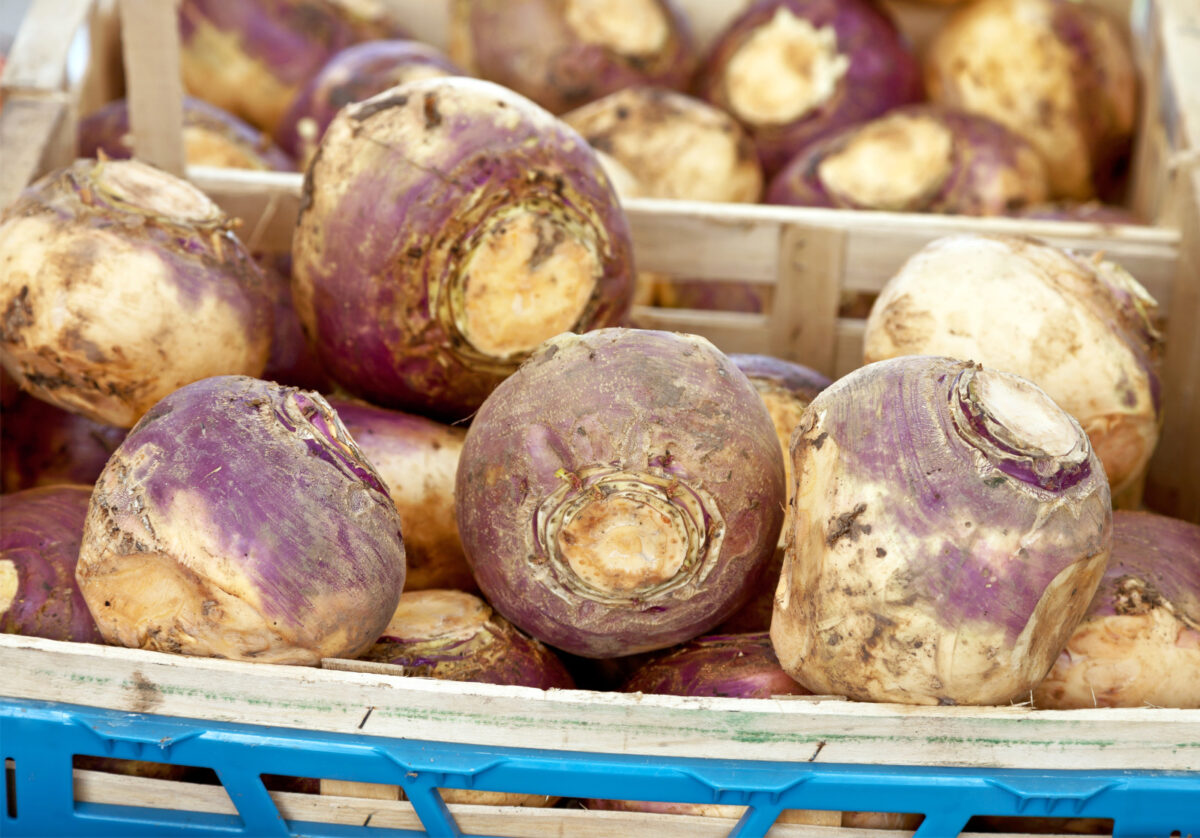
2. Rutabagas
Knobby and not exactly the prettiest vegetable out there, rutabagas are root vegetables that can be eaten raw or cooked, and that have a flavor profile similar to that of carrots and turnips. You can eat rutabagas basically anywhere you might eat a potato and, in fact, rutabagas are delicious mixed with potatoes in a healthier vegetable mash. Just swap half your potatoes for rutabagas, cook as normal, and enjoy the enhanced flavor, as well as the fewer carbs and extra fiber, vitamin C, and potassium.
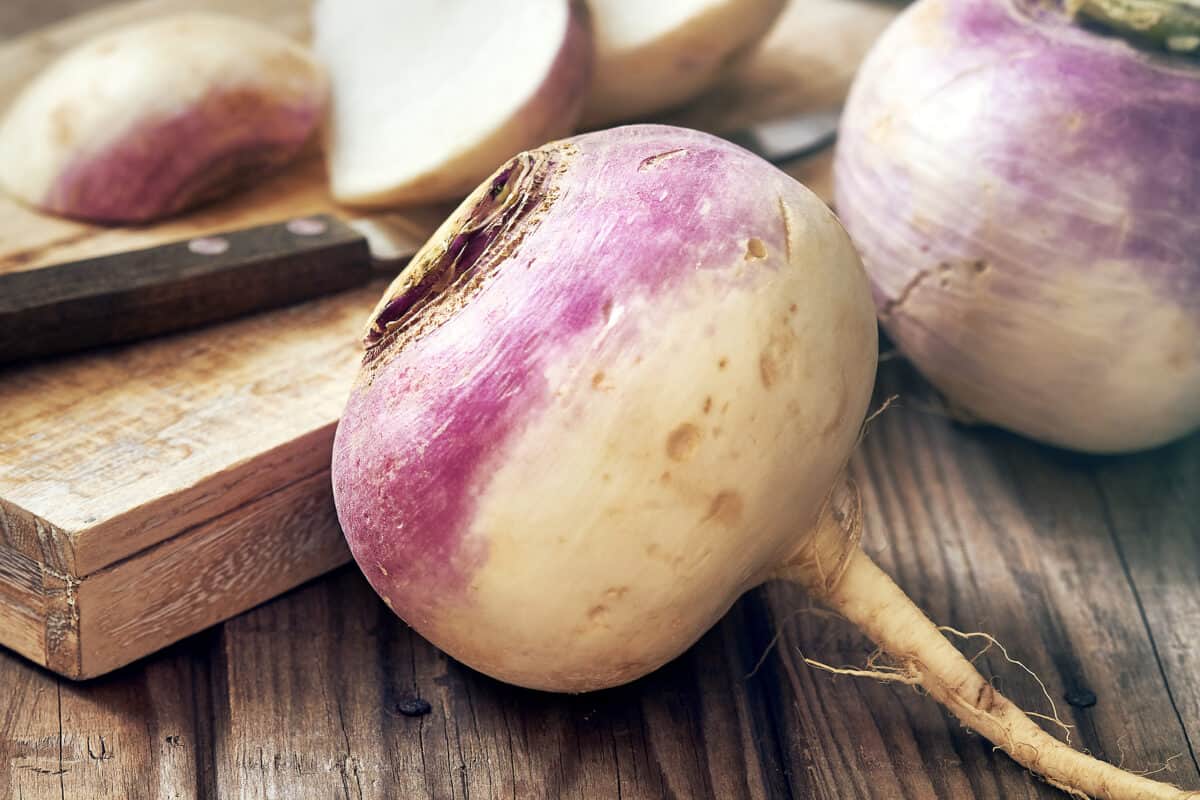
3. Turnips
Turnips are also root vegetables, with white-purple exteriors. However, turnips are smaller than rutabagas and have a more zesty flavor. Think radishes. Radishes are actually a close turnip relative.
So what can you do with a turnip? Use them raw in salads or cook them much like you would a potato. They work well roasted, baked or mashed as a side, and can be added to soups.
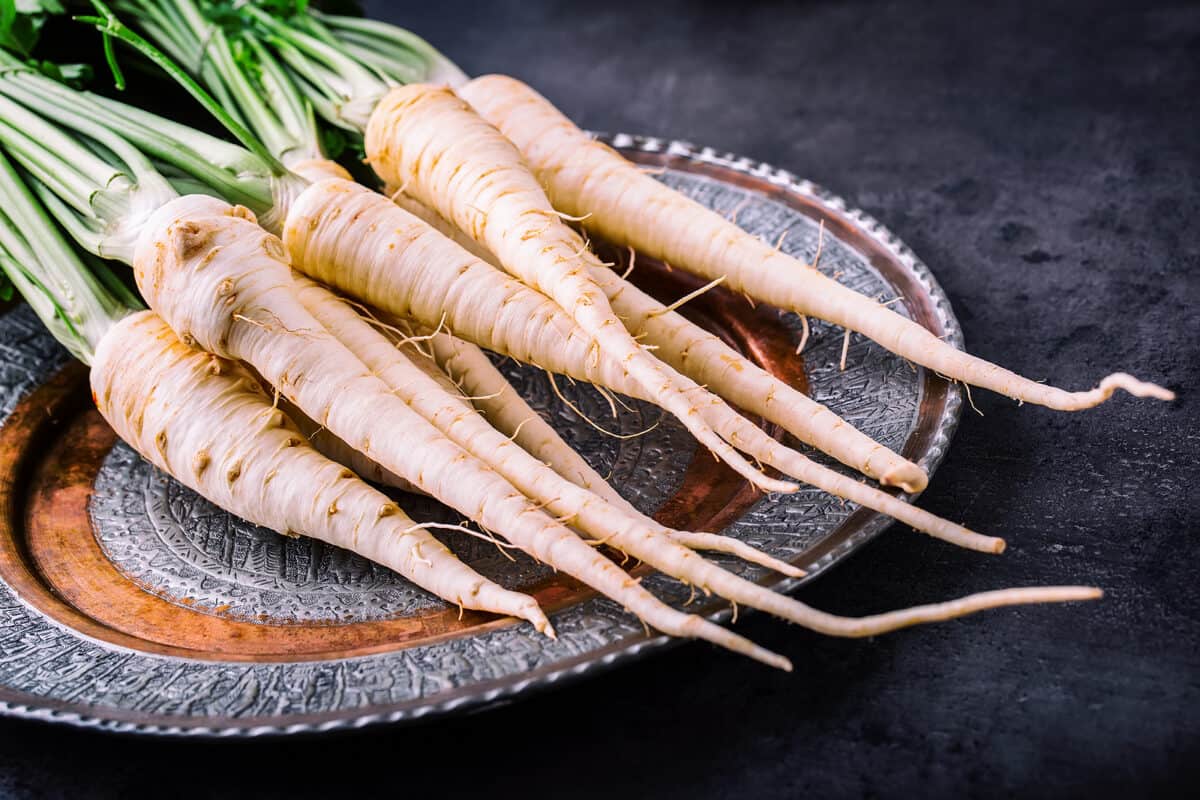
4. Parsnips
A parsnip may look a little bit like a carrot, but don’t be fooled. This elongated, white-ish root vegetable has a flavor that’s almost like a cross between a turnip and a carrot. It’s sweeter than a turnip, yet spicier than a carrot. When you cook a parsnip, it becomes even sweeter.
Try parsnips in a maple butternut squash and parsnip soup, a parsnip and apple soup, or a mix of roasted vegetables alongside zucchini, sweet potato, and Brussels sprouts.

5. Fennel
Last up, don’t limit your use of fennel to just the seeds you buy in the spice aisle. While both the seeds and the bulbous veggie come with their health benefits, using the actual bulb can add a sweet, light, and unmistakable flavor to your salads, soups, and even sandwiches. Try it in a fennel-infused frittata, orange and fennel salad, or chickpea, fennel and broccoli rabe soup.




